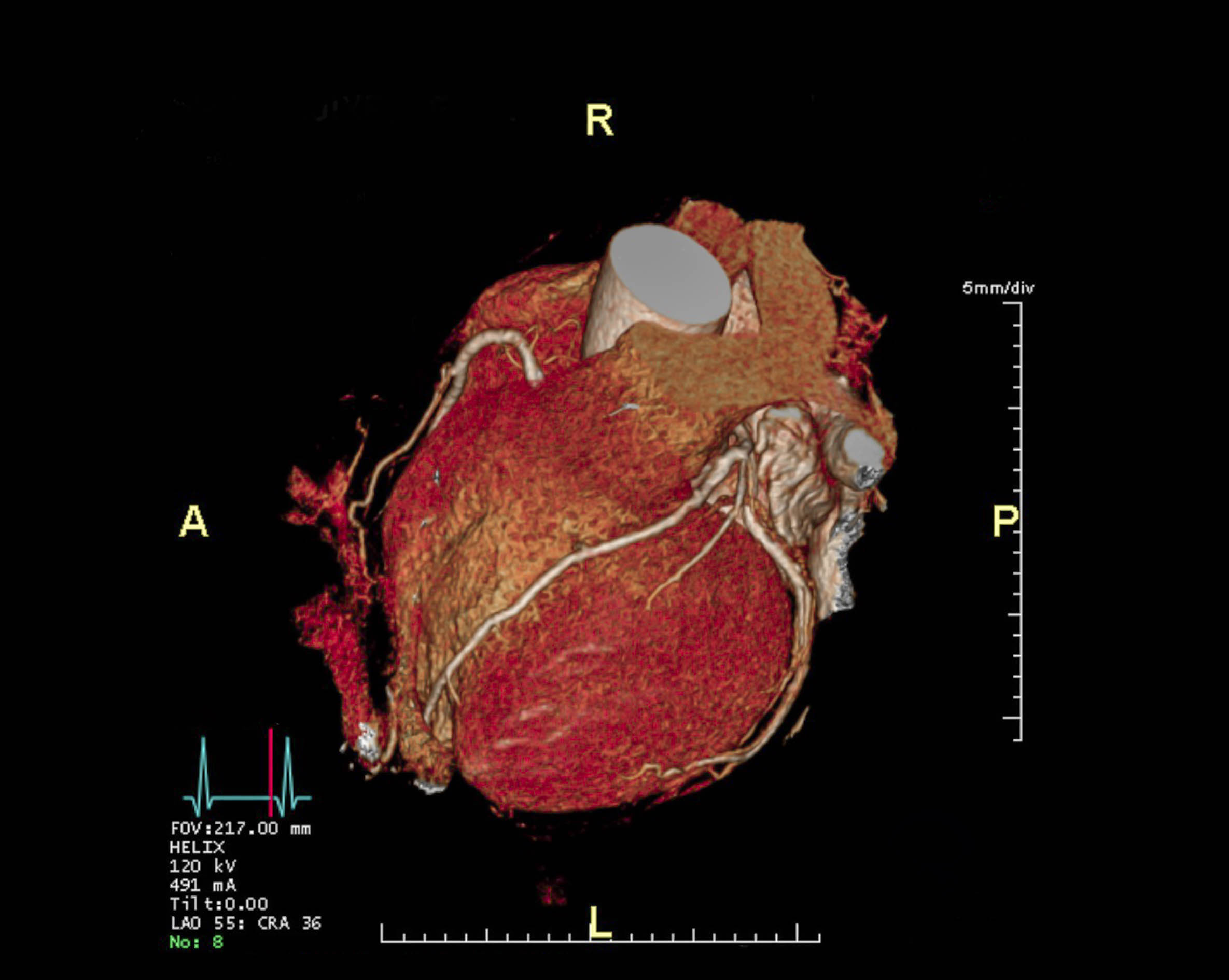A coronary CT angiogram (CTA) is a modern, non-invasive imaging test that provides highly detailed pictures of your heart and its blood vessels. It is increasingly being used as a first-line investigation for people with symptoms such as chest pain or shortness of breath, helping doctors quickly assess whether you may have coronary artery disease or other cardiac conditions. If you have been referred for a coronary CT angiogram, you may be wondering what the test involves, how to prepare, and what you can expect on the day.
What is a Coronary CT Angiogram?
A coronary CT angiogram uses advanced CT scanning technology, combined with an injection of contrast dye, to create three-dimensional images of your heart and coronary arteries. These images allow doctors to look for narrowing, blockages, or other abnormalities in the vessels that supply blood to your heart muscle.
Unlike traditional angiography, which requires inserting a catheter into the arteries, CTA is non-invasive. This means it is generally quicker, safer, and more comfortable for patients, while still delivering accurate and reliable results.
Preparing for the Test
Before your coronary CT angiogram, you will receive clear instructions from your healthcare provider. Preparation may include:
- Fasting: You may be asked not to eat or drink for a few hours before the scan.
- Medication: Sometimes, patients are given beta-blockers to slow the heart rate, making it easier to capture clear images. You may also be asked to avoid caffeine and nicotine for 12–24 hours before the test.
- Clothing: Comfortable clothing is recommended, though you may be asked to change into a hospital gown.
It’s important to let your doctor know if you have allergies, kidney problems, or if you are pregnant, as this may affect how the test is performed.
What Happens During the Scan
On the day of your appointment, the procedure is usually straightforward:
- Preparation: You will lie on the CT scanner table, and small sticky patches (electrodes) will be placed on your chest to monitor your heart rate.
- Contrast dye: A small cannula will be inserted into a vein in your arm, through which the contrast dye is injected. This dye highlights your coronary arteries, making them visible on the scan.
- The scan: The table will move through the scanner while the X-ray equipment rotates around you. You may be asked to hold your breath for short periods to reduce motion and improve image quality.
The scan itself usually takes just a few minutes, although the entire appointment may last 30–60 minutes including preparation.
After the Test
You can typically go home straight after your coronary CT angiogram. Drinking plenty of water helps flush the contrast dye from your system. Your images will be reviewed by a consultant radiologist, who will prepare a detailed report for your referring doctor.
Why it Matters
A coronary CT angiogram provides crucial information about the health of your heart and blood vessels. By detecting narrowing or blockages early, it can help prevent serious complications such as heart attacks and guide the right treatment for your condition.
At Heart Imaging, our subspecialist radiologists are accredited at the highest international standards in cardiac CT, ensuring that every report is accurate, clear, and delivered quickly.


